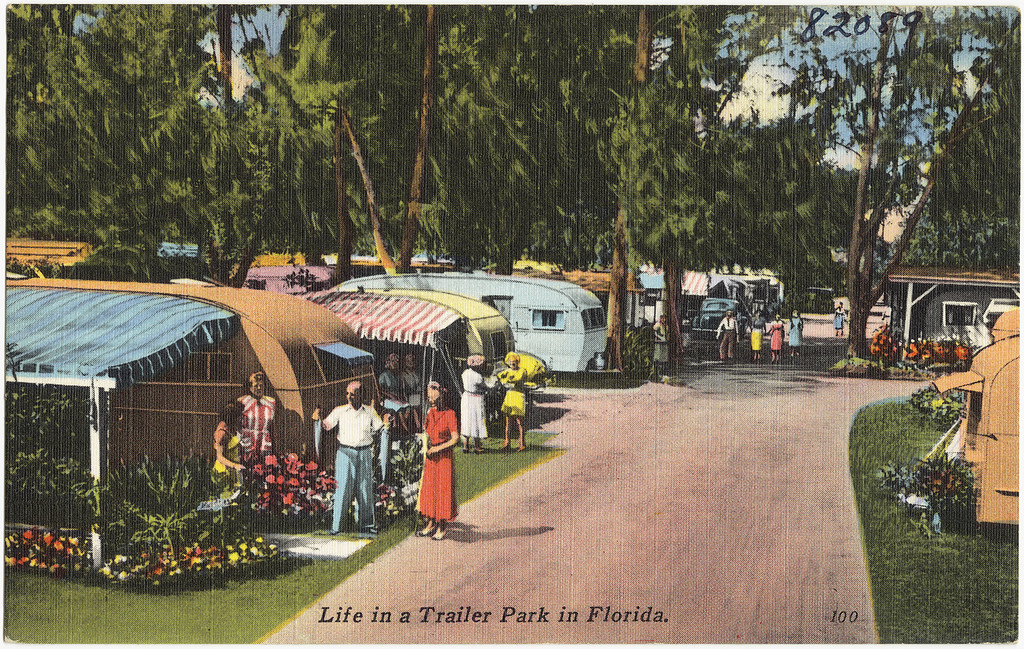One of the stranger comments I receive from time to time is that urbanism is a secret plot to take away people’s freedom. I get this more often from people on the right, but it’s also a component of left criticism of urbanism. The weird thing about this conspiracy theory is that it’s a tag-team, such that to respond to the critique of the right seems to open one up to conspiracies from the left, and visa-versa.
It’s a weird thing for people to believe, but I hear it often enough that it’s worth addressing.
A lot of things in urbanism are about markets (But. . . )

The right accuses urbanists of being nanny staters who want to take away people’s freedom (first they come for your guns, then they take your car!). Urbanists respond to this criticism by pointing out that if we didn’t have zoning that disallowed apartments, rowhouses, and so on, people would build those, and that if we didn’t have minimum lot sizes and parking requirements, people would build their properties differently. There are many other examples: subsidizing driving by expanding roads without a user-fee base to pay for the expansions, giving big tax write-offs to parking while giving smaller ones to transit (which many transit users can’t take anyway, since they’re low income), shunning parking meters in places where parking demand is high. The list goes on.
A component of the left goes, AH HA! I knew it! It is a trick to take away our freedom! It’s all about capitalism enslaving the working class!
No, that’s also not true.
A person can be totally committed to high estate taxes, to graduated income taxes, to union democracy and density, and protection of women, people of color, LGBT workers, etc., and also think that the government shouldn’t distort the market around transportation towards driving. The two are separate issues. It’s not a Robin Hood mission to take from the bus riders and give to the people in the Honda Civics. People in Honda Civics may struggle too, but distorting the market for transportation is part of the reason struggling people are forced to buy and maintain jalopies. Fix the distortion, and also address income inequality.
It’s not a police state either
Red light cameras, toll gantries, smart cards, parking meters! It’s all an attempt to take away freedom through greater surveillance.
Or, not. . .
I’ll use red light cameras as my main example. The question to ask about red light camera use is, do you actually feel like people have a right to private driving? Not privacy for what’s in their cars: the conversations, the things they keep in their trunks or glove compartments. Not a right to be free of undue harassment without cause, racial profiling and so on. What I mean is, if someone runs a red light, and there’s cause to stop that person, do you think that their freedom is so broad as to mean that they shouldn’t get a ticket?
I think that’s crazy. And I do support the other types of freedom I mentioned above. Clearly if someone ran down the street with a gun we would stop them, without any assumption that they have a right to “private” pedestrian activity. Yet more people are killed each year by reckless driving than by guns. Certainly the movement of your vehicle in traffic is a public affair.

Secondly, even if red light cameras are appropriate in theory, should urbanism be about having red light cameras everywhere? I’d say not. In fact, there are a few places I’ve noticed them in Providence where I’d rather see them taken down. Waterman Street and Gano has a camera set up to catch drivers who jump the light. No doubt this was put in because there was danger at this intersection. But the better way to fix the intersection would be to redesign it, so that not jumping the light becomes more untuitive and natural. Waterman, for instance, has really wide lanes and is a double-lane one-way. It’s basically a recipe for speeding, and the drivers are caught at the light doing what speeding cars do: running reds (or perhaps, from the drivers’ perspective, yellows).
Other forms of police-state conspiracy theories abound about toll gantries, meter maids, smart cards for buses or parking meters, etc. And all of these are kind of absurd for similar reasons. It may be that government tracks us inappropriately, but that’s a problem of governance, not a technological problem. We use bank cards to pay for books or to buy pizza, too, but somehow using them to pay for a parking meter is Brave New World material.
Some kinds of urbanist interventions actually reduce over-policing. There’s a strong correlation between meter maids and lower crime, as well as between other urbanist tactics, like programming parks with activities or requiring ground floors of buildings to have windows facing the street. Those measures mean that a place feels occupied, and occupied places aren’t desolate. They feel like a place people care about, and that means that actual police with guns and tasers aren’t needed.
Even when police are in a neighborhood, getting them out of cars and around the neighborhood to talk to people directly is one of the best things that can be done to improve policing. In many countries far more urbanist than the U.S., police don’t necessarily carry guns with them on basic patrols, because it’s understood that the mere presence of watchful individuals who know the community is enough to deter a lot of crime. Community policing, demilitarization of police, reduction of the prison population, and so forth, should all be seen as intersecting issues to making healthy communities.
There are real over-policing problems
None of that is to dismiss the fact that police are overused, and used in abusive ways throughout our cities. And it is no conspiracy to say that the choices we make about policing reflect a choice to protect people with money and power over people who do not have it. It’s possible to take any one of these totally good things (for instance, programs in parks) and corrupt it by adding other bad elements to it (like a crackdown sweep on the homeless). And it’s urbanists’ job to stand up and fight that kind of abuse, because allowing our cause to be associated with it is not only wrong but damages our own cause. I know the comments section will now fill up with many examples of those exact abuses, and chances are that I agree with your perspective on many of them. But assuming that building decent, walkable, bikeable, transit-oriented places necessarily entails some kind of power conspiracy theory is. . . crazy.
~~~~



